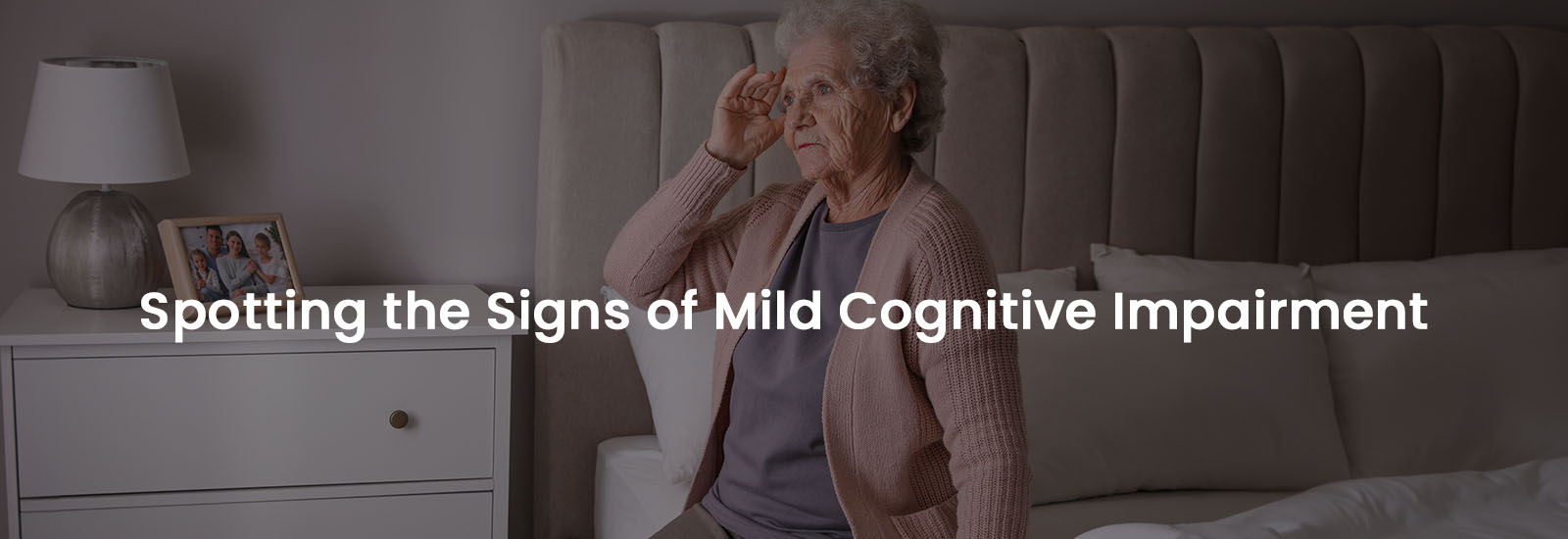
Autism Spectrum Disorder (ASD) is a neurodevelopmental disorder that manifests differently in each person and can range from mild to severe. It affects approximately 1.5% of the US population annually and numbers are seen to be increasing since 2000 due to heightened awareness. Diagnosing ASD can be challenging because it presents differently in each individual and varies in severity. This complexity often leads to missed, incorrect, or delayed diagnosis.
While autism is commonly diagnosed in young children, many seniors grew up when the condition was not well-known or recognized. Identifying the signs of ASD in seniors and getting a diagnosis can provide them with access to appropriate support and resources and improve their quality of life.
In this blog post, we will share detailed understanding of ASD in seniors, including its symptoms, diagnosis and what caregivers can do to manage it effectively. Read on to learn more.
Why is ASD Often Misdiagnosed?
Awareness around autism diagnosis did not start until 2000, and there’s a lack of research about autism spectrum disorder in aging adults. In addition, autistic individuals often receive misdiagnoses for various conditions before receiving an ASD diagnosis due to similar symptoms. According to studies, almost 70-80% of people with milder forms of ASD get diagnosed with additional psychiatric conditions. Anxiety disorders, depressive disorders, OCD, bipolar disorder, and schizophrenia spectrum disorders are some common conditions that exhibit similar symptoms as autism.
Furthermore, ASD and other conditions may influence and mask each other, with ASD being a risk factor for anxiety, depression, trauma-related symptoms, and suicidal thoughts.
Common Signs of Autism Spectrum Disorder in Older Adults
Although autism can manifest in different ways in different people, the following are some common symptoms to look out for:
- Having difficulties with social interactions, including trouble understanding social cues, maintaining eye contact, or engaging in reciprocal conversations.
- Struggling with verbal nonverbal communication, which can manifest as having trouble expressing thoughts and emotions, understanding sarcasm or figurative language, or having a unique speech pattern.
- Heightened or decreased sensitivity to sensory stimuli such as loud noises, bright lights, certain textures, or strong smells.
- Having trouble coping with transitions or unexpected changes in routine, which may eventually lead to depression.
- Exhibiting blunt, rude behavior with inability to understand what others are thinking or feeling.
- Avoiding physical contact, especially eye contact or getting very upset if someone touches or gets too close.
- Noticing small details, patterns, smells or sounds that others usually miss.
- Keen interest and extreme dedication in certain subjects or activities.
These signs can vary in intensity and are not necessarily present in every individual diagnosed with autism. If caregivers or family members suspect autism in an older adult, it is crucial to contact a healthcare center and consult a primary care physician for proper assessment and guidance.
Treatment and Support Options
Although Autism Spectrum Disorder is not entirely curable, there are various interventions, therapies, and support strategies that can help autistic individuals manage their symptoms and improve their quality of life. Primary care physicians usually recommend incorporating psychotherapy, or talk therapy, as part of the treatment plan for adults diagnosed with autism. Therapy plays a crucial role in helping them navigate the potential shifts in self-perception and their relationship with the world around them.
Connecting with support groups specifically designed for autistic adults can be empowering and help increase their self-esteem after receiving a diagnosis.
How to Care for a Senior With Autism Spectrum Disorder

1. Create a supportive environment
Seniors with autism spectrum disorder often have heightened sensory sensitivities, making them more prone to experiencing overwhelming emotions and anxiety. Minimize sensory overload, including excessive noise, bright lights, and clutter in their living space. Also, show kindness and understanding towards their sensitivities, and acknowledge their emotions to foster a sense of security.
2. Do not force communication
Understand that individuals with autism may have difficulties with verbal communication. Avoid pressuring them to speak or express themselves in ways that are challenging for them. Instead, encourage alternative forms of communication such as gestures, sign language, visual support, or the use of assistive devices.
3. Respect their personal space
Recognize that individuals with autism may have sensory sensitivities and require personal space. Respect their boundaries and avoid invading their personal space without permission. Be mindful of their comfort levels with touch, noise, or crowded environments.
4. Follow a consistent routine
Individuals with autism often thrive on predictability and routine. Changes in the regular schedule can cause anxiety and distress. Communicate any upcoming changes in advance and provide support to help them adjust to the new routine.

5. Understand non-verbal cues
Using non-verbal cues can ease communication with autistic individuals. Recognize and understand their non-verbal expressions, such as facial expressions, body language, or gestures. It can help caregivers to understand their needs, emotions, and intentions more easily.
6. Encourage social interactions
While individuals with autism often struggle with social interactions, caregivers should focus more on providing opportunities for socialization. Offer support and encouragement to join a support group, participate in community programs or explore hobbies that involve social interaction.
7. Seek professional support
Consider involving professionals specializing in autism, such as therapists, behavior analysts, or speech and language pathologists. They can provide valuable guidance, therapy, and strategies tailored to the specific needs of the individual.
Everyone’s journey with autism spectrum disorder is unique, and when it comes to seniors, they require extra care and support. By following these few steps, caregivers and family members can provide a nurturing and inclusive environment for autistic seniors.
Does Autism Worsen with Age?
The Bottom Line
It is crucial to acknowledge that not all undiagnosed autistic adults may want a formal diagnosis. Respecting an individual’s needs and preferences is of utmost importance. However, caregivers and family members should encourage seniors to get a diagnosis that can open doors to tailored support services, therapies, and medical interventions for ASD. A formal diagnosis can also validate their unique neurodivergent identity and foster self-acceptance, self-esteem, and a sense of belonging.
Additionally, autistic individuals are at greater risk of certain health conditions such as epilepsy, gastrointestinal issues, sleep disorders, anxiety, depression, ADHD, etc. A formal diagnosis can help primary care physicians understand the risk factors and recommend proactive steps to prevent or manage these co-occurring conditions.
For any queries or concerns about seniors’ health, contact EliteCare Health Centers, one of the best medical clinics in Florida, specializing in a wide range of senior care services.






